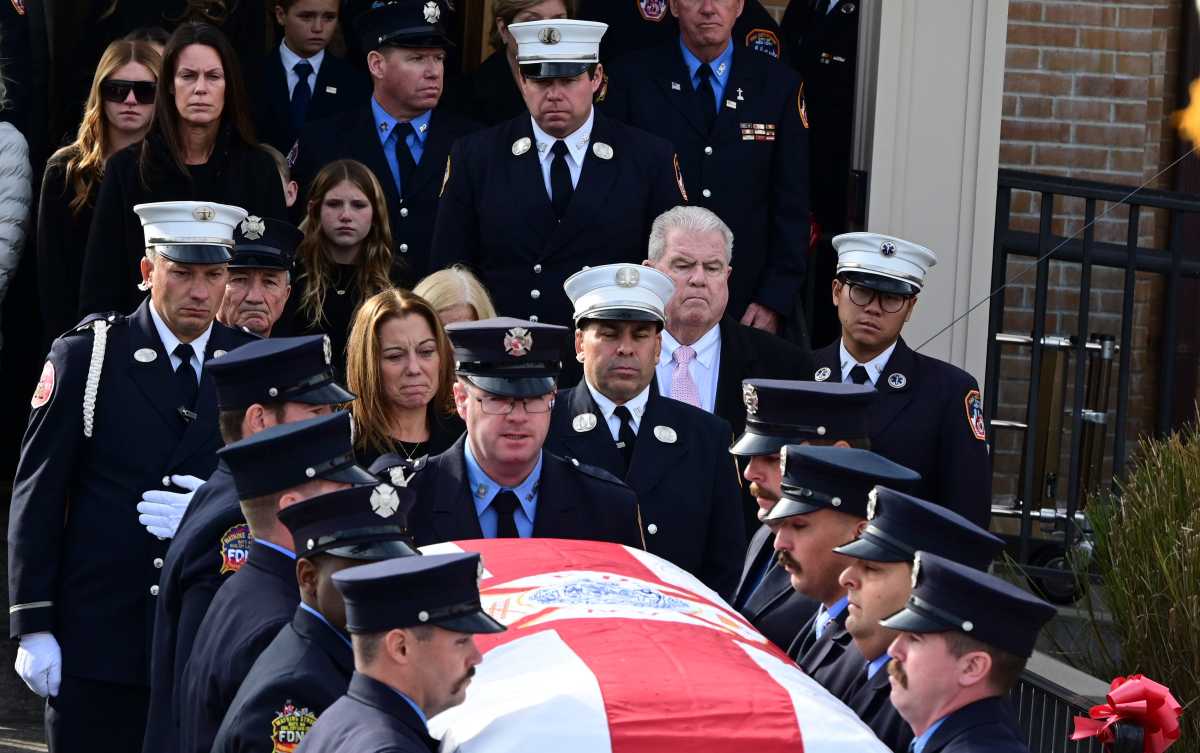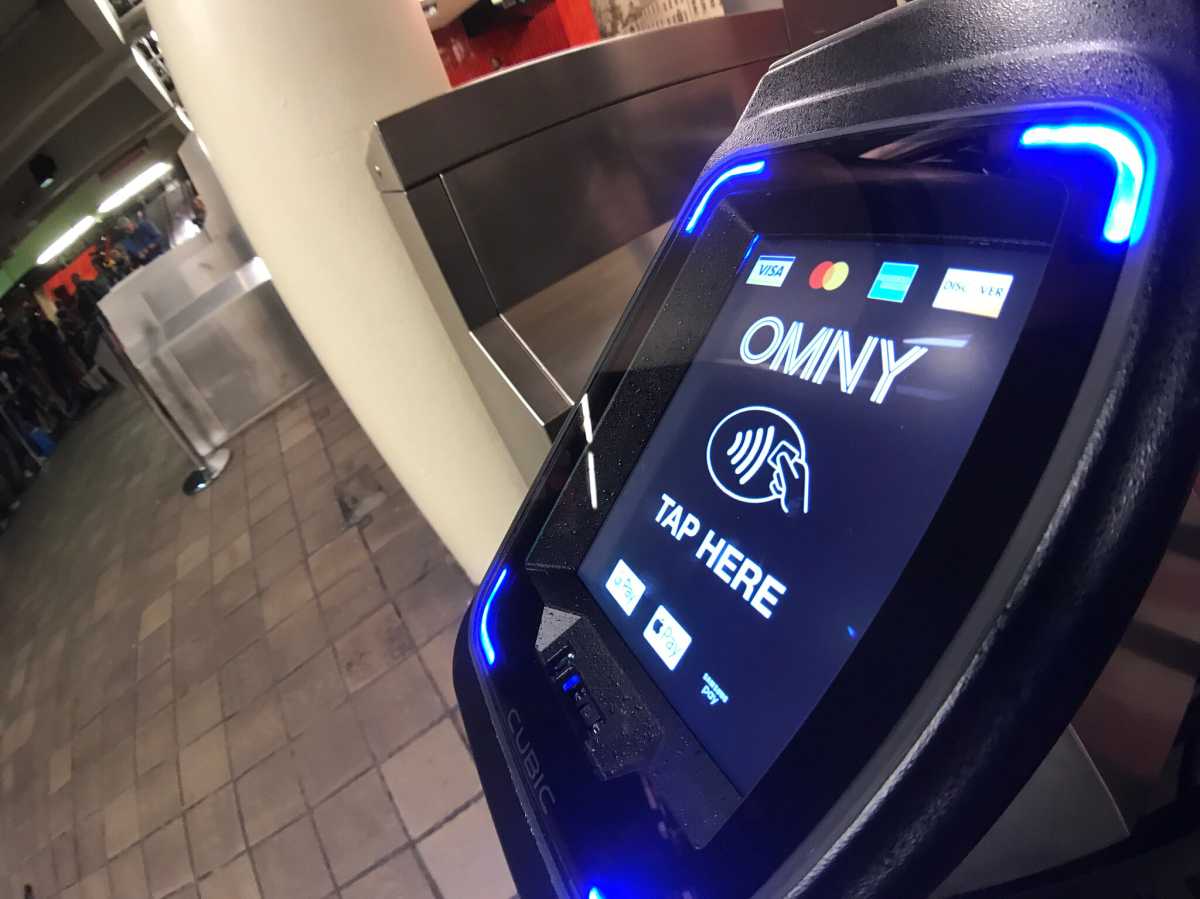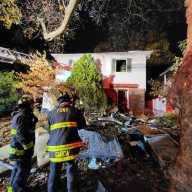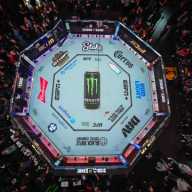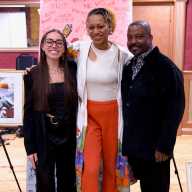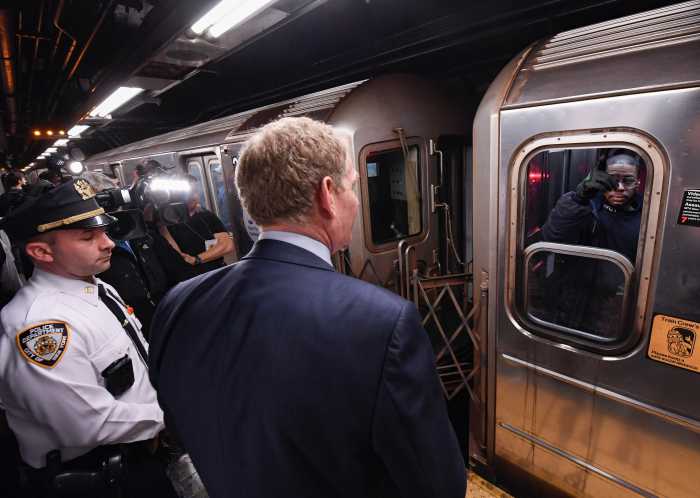The Carnation Blanket
The white carnation is the traditional flower of the Belmont Stakes. The blanket of carnations worn by the Belmont Stakes winner takes 10 man hours to put together, as between 300-400 carnations are glued onto a green velveteen spread. The flowers must be shipped in from either California or Bogota, Colombia.
New York Pride
Until 1997, “Sidewalks of New York” was played as the horses made their way to the starting gate for the Belmont Stakes. That year it was decided to feature another popular tune in the Big Apple, “New York, New York.” Written by John Kander and Fred Ebb, “New York, New York” has been performed by several big-name entertainers over the years, including Frank Sinatra and Liza Minnelli.
Women At Belmont
Seven women have trained Belmont Stakes runners. Sarah Lundy sent Minstrel Star to an 11th-place finish in 1984. Patricia Johnson trained fourth-place Fast Account in 1985. Dianne Carpenter sent out Kingpost, who finished second to Risen Star, in 1988. Shelley Riley owned and trained Casual Lies, who finished fifth in 1992. Cynthia Reese saddled In Contention to a ninth-place finish in 1996. And, in 2002, two women were represented: Nancy Alberts owned and trained fourth-place Magic Weisner and Jennifer Leigh-Pedersen trained 11th place Artax Too.
Julie Krone, First Woman To Win the Belmont Stakes
Julie Krone, thoroughbred racing’s all-time leading female jockey, became the first woman to win a Triple Crown race on June 5, 1993, when she rode Colonial Affair to a 2 1/4-length victory in the 125th running of the Belmont Stakes. Krone, who has had three other Belmont mounts, is the only woman ever to ride in the oldest of the Triple Crown events. In her non-winning Belmont appearances she finished ninth aboard Subordinated Debt in 1991, sixth on Colony Light in 1992, and second on Star Standard in 1995.
The Losers
Bob Ussery can lay claim to a peculiar honor in the Belmont. He finished absolutely last on Jade Amicol in 1968, Bonjour in 1963 and on Folk Dancer in 1962. He missed being dead last on Fleet Shoe in 1966 when he finished tenth in an eleven horse field.
A Toast to the Champion, the Belmont Breeze
The Belmont Breeze is the official drink of the Belmont Stakes. Created by New York’s premiere beverage authority Dale DeGroff, the profile of the Belmont Breeze comes from the colonial recipe: one of sour, two of sweet, three of strong and four of weak.
The ingredients are:
Shake first six ingredients with ice, then top with 7-Up and club soda. Garnish with mint sprig and lemon wedge.
Facts:
The first post parade in this country came in the 14th running of the Belmont in 1880. Until then the horses went directly from paddock to post.
Man o’ War heads the list of Belmont champion sires. Not only did he win the race himself in 1920, but three of his subsequent sires won it as well: American Flag in 1925, Crusader in 1926 and War Admiral in 1937, who went on to win the Triple Crown.
Here is a breakdown by state (and country) of where Belmont stakes winners were bred, as of 2001: Kentucky, 85; Virginia, 11; New Jersey, 7; England, 6; Florida, 5; New York, 3; Pennsylvania, 3; Tennessee, 3; California, 2; Ireland, 2; Maryland, 2; Texas, 2; and Montana, 1.
Five times in Belmont history only two horses entered the race: 1887, 1888, 1892, 1910 and sadly, 1920, the year Man o’ War triumphed. The largest field, on the other hand, was 15 in 1983, when Caveat defeated Slew o’ Gold. In 1875 14 horses ran, when Calvin outdueled stablemate Aristides, that year’s winner of the inaugural Kentucky Derby.
Who was the fastest Belmont horse in history? Secretariat set a world-record that still stands for the mile and a half distance on a dirt track at 2:24. (He had finished a mile and a quarter at 1:59, faster than his own Derby record of 1:59 2/5.)
The Belmont Stakes has been run at four different New York race tracks. It was inaugurated in 1867 at Jerome Park, moved to Morris Park in 1890, to Belmont Park in 1905, to Aqueduct Race Track in 1963 while Belmont was being rebuilt, and back to Belmont again for its 100th running in 1968. Belmont Park covers 430 acres in two counties, Nassau and Queens. It can hold up to 90,000 people and has parking for 18,500 cars. Total seating capacity is 32,491.
The most popular first letter of a Belmont winner is C with 19 champions, the last being Colonial Affair in 1993. There have been 17 victories by horses with names starting with an S and 10 with a P. There have been no winners whose names started with a U, X or Y.
A-9, B-9, C-19, D-4, E-3, F-4, G-8, H-10, I-2, J-6, K-1, L-3, M-4, N- 3, O-3, P-10, Q-1, R-3, S-17, T-7, U-0, V-2, W-2, X-0, Y-0, Z-1
Eddie Arcaro, one of the greatest jockeys in horse race history, rode 250 losers before he won his first race. Ultimately, Arcaro won 4,779 races – including five Derby winners, six in the Preakness, and six in the Belmont Stakes, on such famous horses as Whirlaway, Citation, and Kelso.









